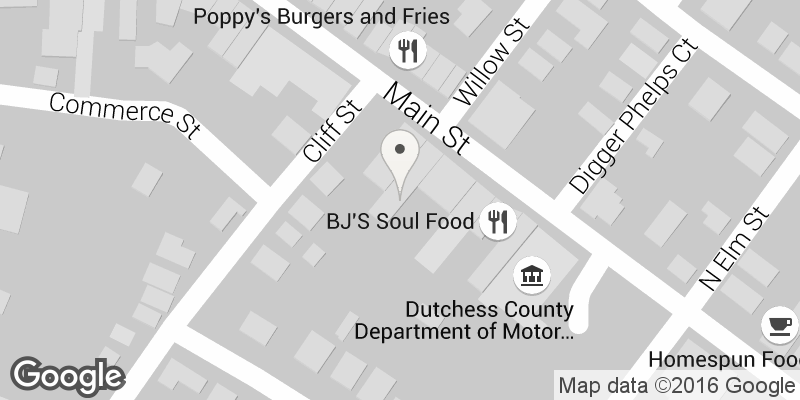Solar panel powers RTHS instrumentation
(Grasse River, Massena, NY).
The Real Time Hydrologic Station (RTHS) is an integrated sensor system that acquires, processes and telemetrizes information (wireless transmission of data) collected from a suite of sensors at a fixed location. Based on site-specific characteristics, each RTHS may include a combination of meteorological, precipitation and stage height instruments used to measure wind direction and speed, stream flow and speed, air temperature and barometric pressure; precipitation; and height of the water's surface in relation to the riverbed.
Building on technology of the first generation of REON floating sensor platforms which require removal due to icy water conditions in winter months, researchers have designed these RTHS to be located on river banks enabling year-round environmental monitoring.
RTHS instrumentation resides inside cylinders and extends into riverbed (Grasse River, Massena, NY).
The RTHS located at the Grasse River in Massena, NY, is part of a habitat restoration project in collaboration with the St. Regis Mohawk Tribe (SRMT). The goal of the project is to better understand optimal spawning conditions required by the lake sturgeon - currently an endangered species; the lake sturgeon is of particular importance to the culture and traditions of the SRMT.
The Grasse, Raquette and St. Regis Rivers which discharge into the St. Lawrence River, were historically the spawning grounds for the lake sturgeon. The project aim is to characterize the environment to better understand what conditions sturgeon may require for successful spawning seasons. Research resulting from this project may potentially inform the restoration of similar habitats in other locations.


